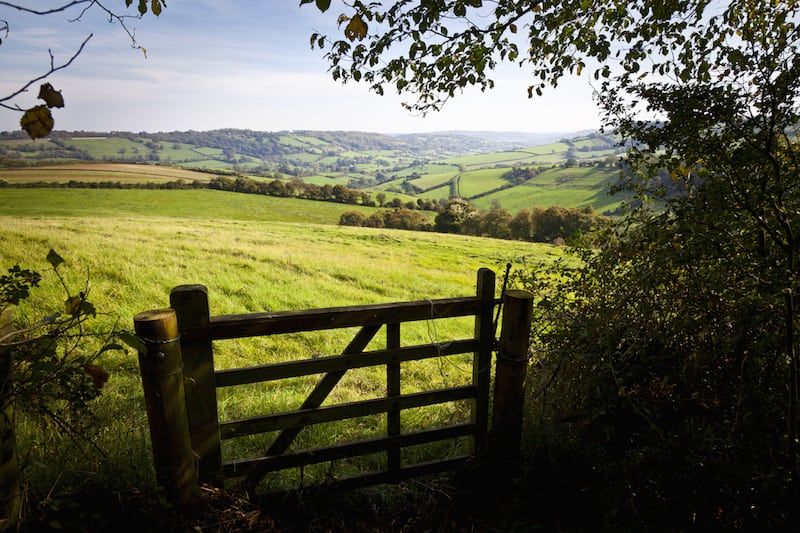
The latest in our Escape from the City series provides all you need to know about security when it comes to your farm and animals. Whether you depend on a farm, kennel or smallholding for your livelihood, the value of your land, property, machinery and any animals you house on it will need protecting from thieves and predators alike.
If your business extends over several acres, or a complex network of outhouses and compounds, selecting and installing the appropriate security can seem like a mammoth – not to mention expensive – task but it’s one that is essential.
Keep things simple by assessing your security requirements and putting the following measures in place:
As well as helping to discourage intruders from trying to access, wire mesh fencing is one of the most effective ways of preventing any animals from escaping their paddocks or enclosures, whilst also stopping any predators from entering them.
Whether you opt for wood, mesh or electric fencing, it’s important to ensure that the height, strength, post and wire spacing and all fixings are adequate for purpose and that all components are properly maintained.
Once fencing that clearly denotes the boundaries of your land and any enclosures are in place, you can bolster the security they offer by fitting them with signage. Deter intruders and direct visitors to the correct places with ‘No Entry’, ‘CCTV in Operation’ and livestock signs as required.
For more information on the Laws around Signs for Farmers and other Land Managers check out this pdf guide.
Security lighting, particularly in the dark winter months, can help you and anyone else on your land to stay safe and secure. Depending on the scale of your business and outlying properties, a range of outdoor security and flood lighting may be necessary.
Infrared, motion activated lights are the most cost effective type of security lighting, particularly if you install solar-powered units. They will only be triggered in the event of intrusion or as and when you need a particular space illuminating for carrying out tasks after dark.
However, be sure to take care when fitting motion activated lights around animal enclosures. If installed in the wrong position, they might constantly be triggered by the movement of your animals or startle them. If lighting really is necessary, a constant, low level (5 to 10 lux) system should be sufficient for visibility.
If your business extends over a significant area you will need to conduct regular site inspections to check the condition of any perimeter or enclosure fencing and look out for signs of damage, wear or intrusion.
When out and about, keep a log of your inspections and take note of any individuals or vehicles that strike you as unusual or suspicious.
Invest in quality locks for securing gates, doors and windows and fit alarms to those areas where security is of particular concern such as your homestead, any storage facilities used for high-value machinery or stock, and your animal housing.
Limit the number or entrance and exit points there are to your land or business premises, especially for vehicles, by installing locked security gates on roadways and by protecting land with clear borders marked by robust fencing, hedges or ditching.
If anyone requests access to your land for the purpose of walking, metal detecting, bird watching or any other activity, ask them to sign a register, note the time of their arrival and departure and log the registration of any vehicles.
Finally, don’t just renew your insurance annually, check the small print to make sure it covers you for any theft or loss and make sure that you comply fully with any security conditions attached to the policy.